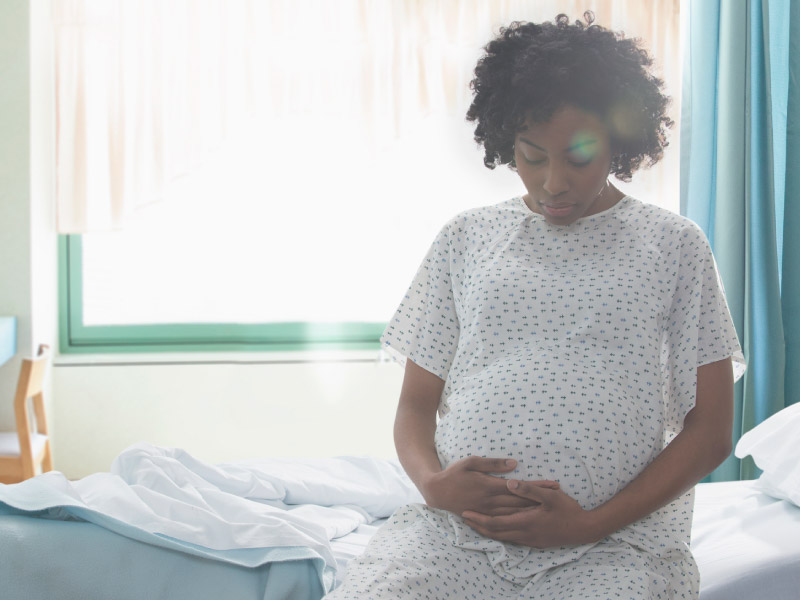I
t’s already been half a hundred years ever since the United States great courtroom decriminalized interracial wedding. Subsequently, the share of interracial and interethnic marriages in America has increased fivefold, from 3% of all of the wedding events in 1967 to 17per cent in 2015.
The Loving v Virginia ruling ended up being an obvious civil-rights success, but as Anna Holmes
reflects
in a current post when it comes down to ny days, understanding exactly who advantages from that victory and just how is a more complicated story.
To begin with, there is big geographic variation in where intermarriage takes place; its more common in metropolitan areas than rural spots (18per cent compared to 11per cent) per a Pew
analysis
in the Census Bureau’s numbers. But those are simply averages â US towns change significantly from Honolulu, Hawaii, where 42% of weddings are interracial to Jackson, Mississippi in which the figure simply 3%.
Geographic patterns in intermarriage
Photo: Pew Analysis Center
On the whole, the most common sort of intermarriage is actually between somebody that is white plus one that is Hispanic of any competition â those connections accounted for 38percent of most intermarriages in 2010. White-Asian couples taken into account another 14per cent of intermarriages, and white-black couples comprised 8percent. You might get detailed maps of intermarriage patterns at a county degree in
this Census Bureau poster
.
You can find gender designs within this
data
too. In 2008, 22per cent of black colored male newlyweds elected associates of some other competition, when compared to just 9percent of black feminine newlyweds. The gender pattern will be the opposing among Asians. While 40per cent of Asian girls married outside their unique competition in 2008, simply 20% of Asian male newlyweds did the same. For whites and Hispanics however, Pew found no sex distinctions.

These numbers are not just a point of really love. They truly are the result of financial, political and cultural facets. To list just a couple of:
-
Attitudes (simple racism):
While 72per cent of black colored respondents stated it would be great together if a close relative made a decision to wed some one of some other racial or cultural party, 61per cent of whites and 63per cent of Hispanics mentioned exactly the same. Much more specifically though, People in the us are not confident with certain sorts of intermarriage. A Pew
survey
discovered that acceptance of out-marriage to whites (81percent) was actually more than is actually acceptance of out-marriage to Asians (75percent), Hispanics (73percent) or blacks (66per cent).
-
Migration designs:
The Census Bureau offered this amazing instances: “removing numerous American Indian people using their initial countries to booking places; historically higher proportions of Hispanics residing in the Southwest; historically larger proportions of Asians living in the West” that form in which intermarriages take place and between who.
-
Option of partners:
Methodical
incarceration
of young latino women looking for black men, together with higher demise costs subscribe to the reality that black ladies are much
more unlikely
to have married than ladies of every additional competition or ethnicity in the US. This, combined with higher black jobless rates imply that black individuals comprise a comparatively small show of all of the marriages, including intermarriages.
-
Knowledge:
People who have a higher academic attainment may intermarry. This affects geographic designs as well â locations with larger academic attainment are more inclined to convey more interracial couples residing there.